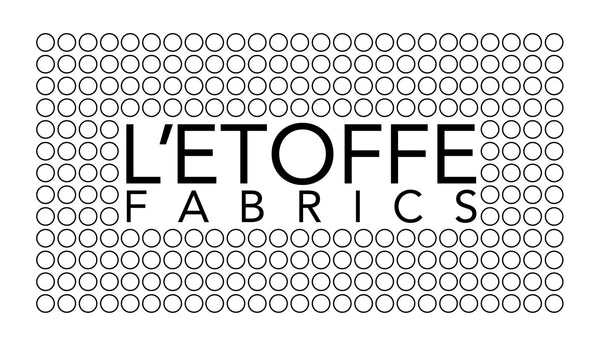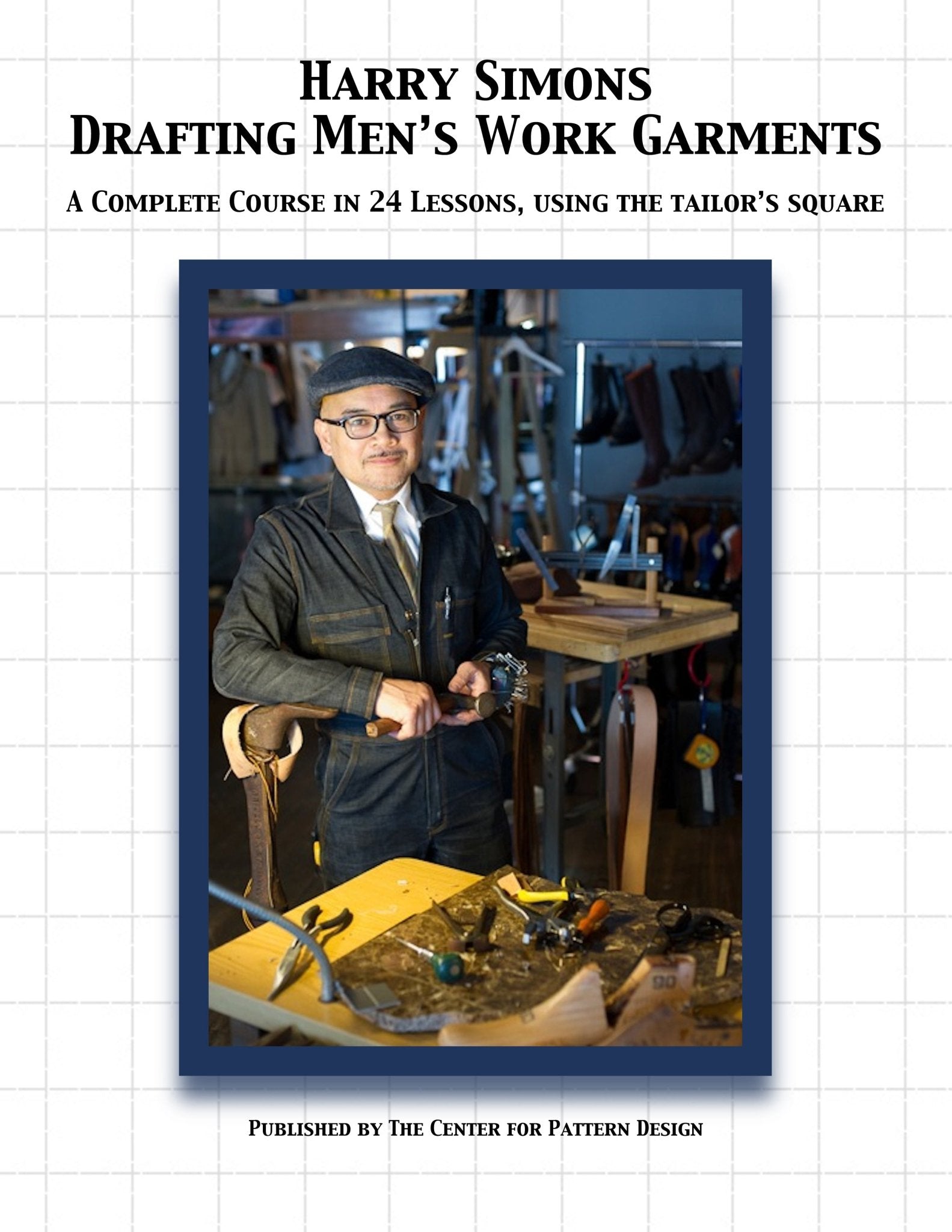Harry Simon's Drafting Men's Work Garments Pattern Making E Book
Harry Simon's Drafting Men's Work Garments Pattern Making E Book
This product is a digital download in PDF format, it is read only. You will not be able to print this book. Your purchase supports a small business.
Please note: I am offering this in digital format to make it more affordable for more sewers and for our environmental future. The cost to print this on paper and to ship around the worls is not profitable. If you have any questions please feel free to reach out.
This book is more than a book. It is a project, an educational course. It's original subtitle is A Complete Course in Twenty-Four Lessons and it takes you through measuring a man and drafting a pattern to fit him personally. It was originally designed in 1922 to be a training guide for "tailors" and dressmakers in rural communities for men who needed good work wear -- occupational overalls, jackets, pants, even scouting uniforms. That means the patterns are for machine stitched goods of denim and other heavy cottons; the garments are not tailored in wool. This book will introduce you to three big concepts in menswear, pattern drafting in general (as opposed to draping or flat pattern design), the use of the Tailor's Square and the principles of the proportional system of pattern drafting. The lessons are for beginners and cover all the details, including how to use the Tailor's Square itself (and where to get it).
The proportional system was the core concept of customized clothing during the first half of the 20th Century and the Tailor's Square was designed to shortcut the math and speed up the process. The proportional system, originating in Europe and still in prevalent use, is based upon fundamental principles of the anatomy of the human body in nature and applies those similarities between all people to the drafting of patterns; it can be applied to both men and women. Custom measurements are taken to make individual adjustments as each pattern is drafted. This book and its companion, Drafting Mens Shirts and Under Garments, form a solid basis for a more affordable custom menswear business, one that does not require the expense of tailoring fabrics or the time of hand stitching but still delivers garments that fit beautifully and can be individual in color, cut and fit to each customer.
Another way to apply these lessons for a small manufacturing business, is to do production runs for niche markets that do not fit standard sizing.
Impossible de charger la disponibilité du service de retrait
Share


